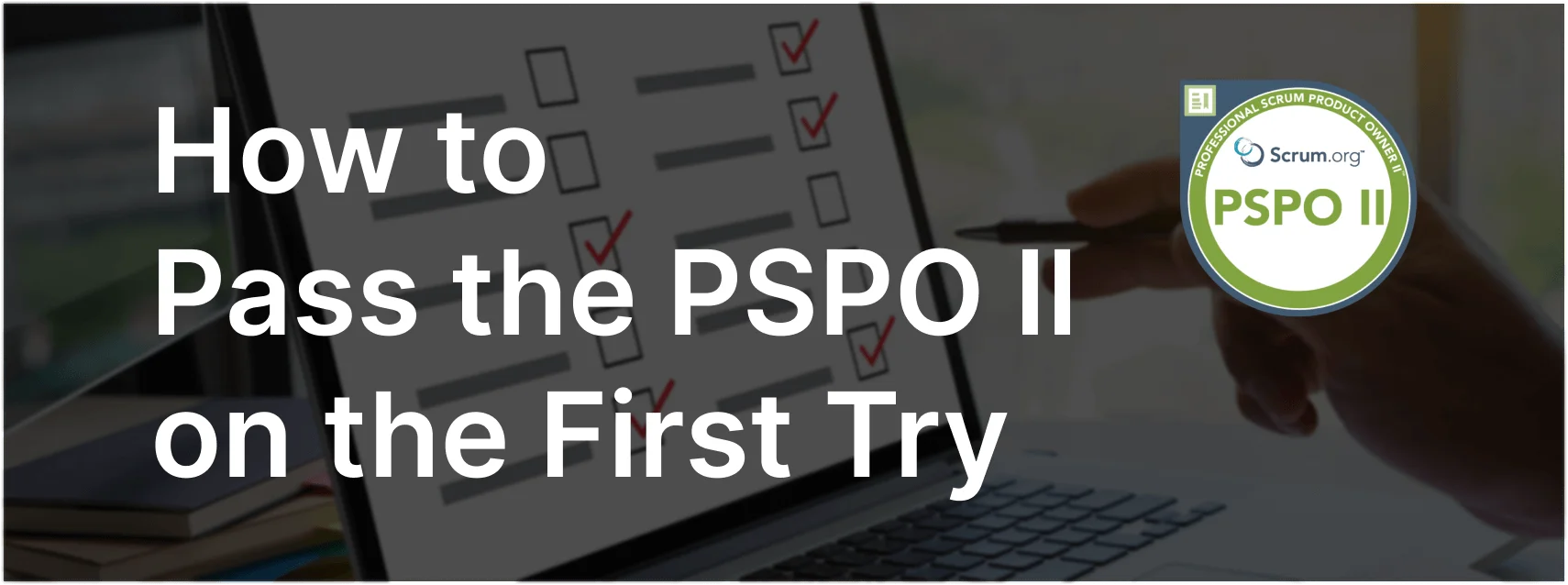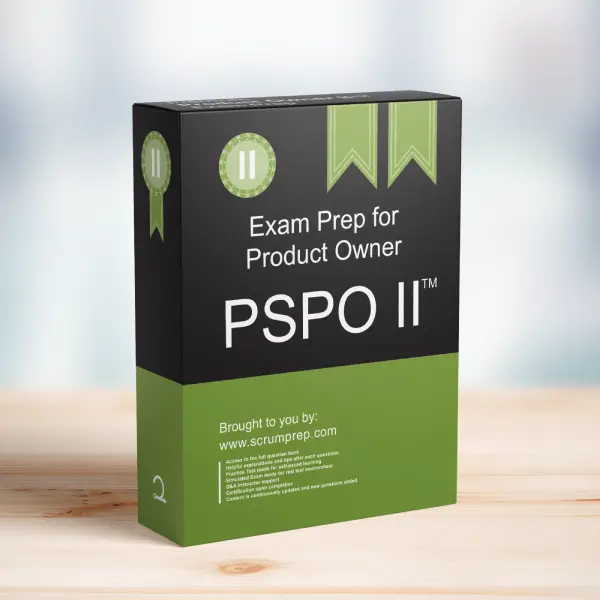Using the “Cone of Uncertainty” in Scrum
Understanding how the “cone of uncertainty” concept can be applied in Scrum is essential for Product Owners working in complex environments. This article explores the purpose and benefits of using the cone of uncertainty to improve forecasting and planning.
Exam Question
A “cone of uncertainty” can be used to do what?
(choose the best answer)
A. Rapidly identify and prioritize all uncertainties.
B. Represent the relative level of difficulty for predicting the velocity of individual team members.
C. Help a Product Owner, working in a complex environment, forecast the scope of work likely to be done during a certain number of Sprints.
D. Determine whether to cut quality, similar to the “Iron Triangle” of project management.
Correct Answer
C. Help a Product Owner, working in a complex environment, forecast the scope of work likely to be done during a certain number of Sprints.
Explanation
Correct Answer
C. Help a Product Owner, working in a complex environment, forecast the scope of work likely to be done during a certain number of Sprints:
The cone of uncertainty illustrates how uncertainty decreases over time as more information becomes available. In Scrum, this concept helps Product Owners make more accurate forecasts about the scope of work that can be completed in future Sprints, despite the inherent complexity and unpredictability.
Incorrect Answers
A. Rapidly identify and prioritize all uncertainties: While the cone of uncertainty deals with uncertainties, its primary function is not to identify or prioritize them but to illustrate how uncertainty diminishes over time.
B. Represent the relative level of difficulty for predicting the velocity of individual team members: The cone of uncertainty is not used to predict individual velocities but to show overall project uncertainty reduction.
D. Determine whether to cut quality, similar to the “Iron Triangle” of project management: The cone of uncertainty is not related to the decision-making process around cutting quality or managing trade-offs like the “Iron Triangle” of project management. It focuses on forecasting and managing uncertainties over time.
Responsibilities in Scrum
- Product Owner: The Product Owner uses the cone of uncertainty to make informed decisions about the scope of work and to communicate realistic forecasts to stakeholders. They ensure that the Product Backlog is continually refined and updated based on new insights and reduced uncertainties.
- Scrum Master: The Scrum Master supports the Product Owner by facilitating discussions and ensuring that the team understands the concept of the cone of uncertainty. They help the team adapt to changes and reduce uncertainties through effective Scrum practices.
- Developers: The Developers contribute to reducing uncertainties by providing accurate information about their progress and potential obstacles. They work collaboratively with the Product Owner to refine the Product Backlog and improve forecasting accuracy.
Relevance to the PSPO I Exam
Understanding the cone of uncertainty is crucial for the PSPO I exam as it helps candidates grasp how to manage and forecast work in complex environments. This knowledge ensures that Product Owners can set realistic expectations and continuously improve the accuracy of their planning and delivery.
Key Takeaways
- The cone of uncertainty helps forecast the scope of work in complex environments.
- It illustrates how uncertainty diminishes over time with more information.
- Product Owners use it to make informed decisions and communicate realistic forecasts.
- Reducing uncertainties involves collaborative efforts from the entire Scrum Team.
Conclusion
The cone of uncertainty is a valuable tool for Product Owners working in complex environments. By understanding and applying this concept, Product Owners can improve their forecasting accuracy, make better-informed decisions, and ensure that their teams deliver valuable outcomes. For more information on preparing for the PSPO I exam, visit our PSPO I Exam Prep.



